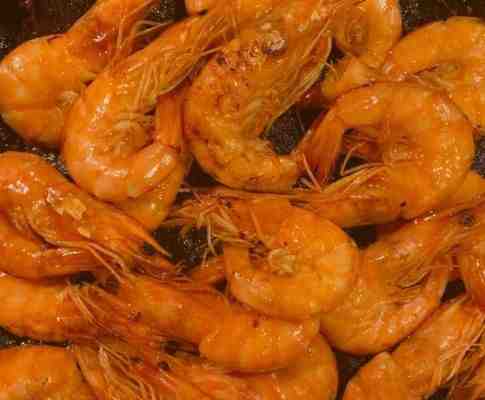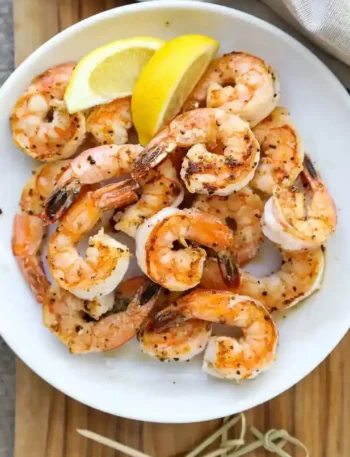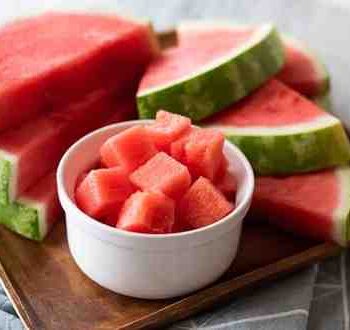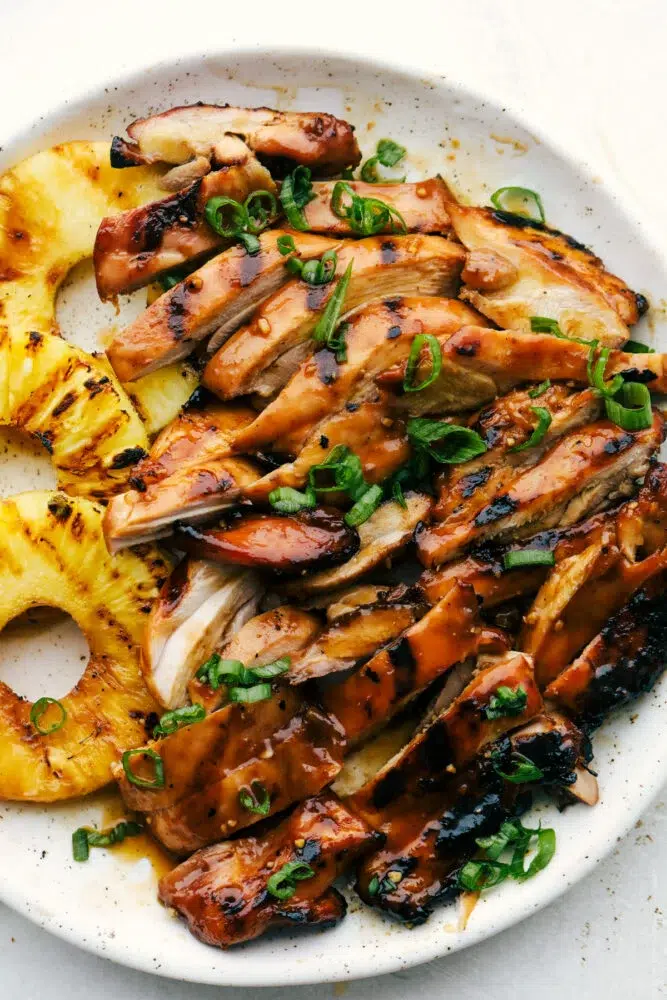Shrimp is among the most delicate seafood. Reheating it improperly can result in rubbery, dry, or bland results. To ensure every bite remains as flavorful as when first cooked, we must use effective techniques. Below, we outline proven methods to reheat shrimp safely while preserving their taste and tenderness. And do you want to cook tasty, delicious recipes? Follow our instructions on Easy Recipe Journal.
Contents
Why Reheating Cooked Shrimp Matters
Shrimp cook rapidly, and overcooking leaves them tough and chewy. Reheating requires gentle heat and adequate moisture to maintain its succulent texture. Proper reheating also prevents bacterial growth, ensuring our meals remain safe and enjoyable.
How to Reheat Cooked Shrimp
Reheating Shrimp in the Microwave
The microwave is quick but demands caution.
- Place shrimp in a microwave-safe dish.
- Add a splash of water, seafood broth, or melted butter.
- Cover with a microwave-safe lid or paper towel.
- Heat on medium power (50%) for 30 seconds, stir, and repeat until warmed through.

This prevents shrimp from drying out and evenly distributes heat.
Reheating Shrimp on the Stovetop
The stovetop provides even heating and a better texture.
1. Add a little olive oil, butter, or broth to a pan.
2. Place shrimp in a single layer.
3. Heat on medium-low for 2-3 minutes, stir occasionally.
This method is good for sautéed, stir-fried, or grilled shrimp.
Reheating Shrimp in the Oven
The oven is good for reheating large quantities.
- Preheat the oven to 300°F (150°C).
- Place shrimp in a baking dish and cover with foil.
- Add a small amount of water or butter for moisture.
- Bake for 10-15 minutes, check halfway through.
The foil traps the steam so the shrimp stays tender.
Reheating Shrimp in the Steamer
Steaming keeps shrimp moist and juicy.
1. Fill a pot with water and bring to a boil.
2. Place shrimp in a steamer basket over the pot.
3. Cover and steam for 2-3 minutes until hot.
This method is good for boiled or poached shrimp.

Best Way to Reheat Shrimp Based on Cooking Method
| Original Cooking Method | Best Reheating Method | Why It Works |
| Grilled or Sautéed | Stovetop | Preserves smoky flavor and crisp edges |
| Boiled or Poached | Steaming | Maintains juiciness and delicate texture |
| Baked or Roasted | Oven | Even heat for larger batches |
| Leftovers with Sauce | Microwave or Stovetop | Quick, prevents sauce from drying |
Pro Tips to Keep Shrimp Juicy While Reheating
- Add moisture (water, broth, or butter).
- Avoid high heat, which makes it tough.
- Reheat only once to prevent texture loss.
- Pair reheated shrimp with sauces, pasta, rice, or fresh salads to refresh flavors.
Food Safety Guidelines for Reheating Shrimp
- Store cooked shrimp in the fridge within 2 hours of cooking.
- Keep leftovers in an airtight container for up to 3 days.
- Reheat to an internal temperature of 165°F (74°C) for safe consumption.
- Discard shrimp that has an off smell, slimy texture, or has been left at room temperature for more than 2 hours.
Conclusion
Reheating cooked shrimp doesn’t have to be complicated. Whether using the microwave for quick results, the stovetop for a flavorful finish, the oven for bigger portions, or steaming for juicy texture, the key is gentle heat and added moisture. By following these methods, we can have shrimp that tastes fresh, tender, and delicious every time.
FAQs
Yes, cold shrimp is safe to eat as long as it’s been stored in the fridge. It’s perfect for shrimp cocktails, salads, or sandwiches.
Yes, an air fryer can reheat shrimp at 300°F for 3-4 minutes. Spray shrimp lightly with oil before heating to prevent dryness.
We should reheat shrimp only once. Reheating multiple times increases the risk of food poisoning and makes shrimp rubbery.
Yes. Freeze shrimp in airtight containers or vacuum-sealed bags for up to 3 months. Thaw in the fridge overnight before reheating.







Gave this shrimp reheating guide a try last night—worked like magic! Used the stovetop method with a splash of olive oil and kept an eye on them—still juicy and not rubbery at all. Totally saved my leftovers from heartbreak. Thanks! 👍👍👍